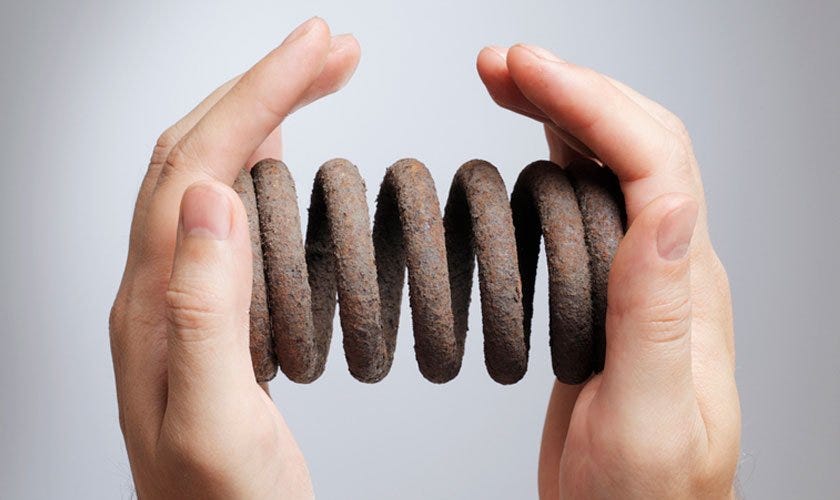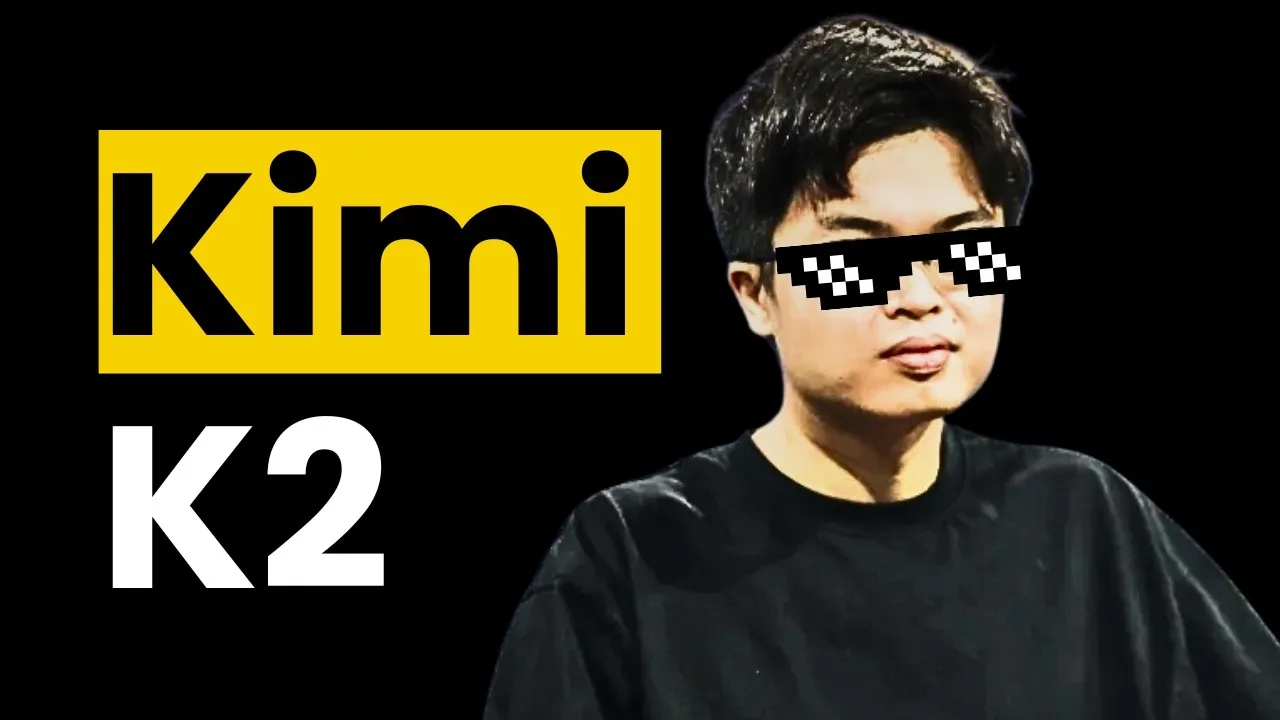
When Less Is Actually More: Cerebras' REAP Exposes Expert Merging as Flawed MoE Strategy
REAP pruning outperforms merging in MoE models, enabling near-lossless compression of 480B giants to local hardware
The conventional wisdom in model compression has always been clear: when you have redundant experts in Mixture-of-Experts (MoE) models, merge them rather than throw them away. Recent papers like M-SMoE and HC-SMoE have championed this approach, showing strong results on multiple-choice benchmarks. But what if everyone got it fundamentally wrong?
Cerebras Research just dropped a nuclear bomb on that assumption with their REAP (Router-weighted Expert Activation Pruning) technique, demonstrating that pruning experts outright beats merging them, especially for the generative tasks people actually use LLMs for.
The Fatal Flaw in Expert Merging
The conventional merging approach seems logical: take two similar experts, average their weights, and preserve the combined functionality. What could go wrong?
According to the REAP paper ↗, everything. The core problem boils down to what they term “functional subspace collapse.”
When you merge experts, you’re forcing the router to use a static average instead of giving it independent control over two distinct specialists. The router loses its ability to dynamically mix contributions, maybe 70% Expert A and 30% Expert B for one token, then 40/60 for the next. This dynamic mixing is crucial for nuanced, generative output.
The irreducible error introduced by merging is proportional to three factors:
- How much the router varies its mixing strategy (policy variability)
- How different the two experts are (expert gap)
- The magnitude of their gate-values (router scale)
Visual evidence from the paper shows catastrophic collapse in late layers, where expert specialization is most pronounced. In Qwen3-30B-A3B Layer 47, merged experts compressed from a PC1 coordinate range of -100 to 200 into a tiny cluster near the center, essentially a 100x reduction in functional diversity.
REAP: Pruning by Impact, Not Just Frequency
So if merging is flawed, how do we know which experts to prune? Frequency-based approaches fail because they ignore what actually matters: impact.
REAP asks two simple but powerful questions:
- How often and strongly does the router choose this expert? (measured by gate-value)
- When chosen, how much does the expert actually change the final result? (measured by output magnitude)
The saliency score formula captures this elegantly:
Sj = 1/|Xj| * ∑(x∈Xj) gj(x) * ‖fj(x)‖2
Where Xj is only the set of inputs where expert j is actually activated. This direct measurement of contribution ensures we’re pruning experts that are both rarely used AND have little impact when they are selected.
The Performance Gap Is Staggering
The empirical results tell a brutal story. At 50% compression on Qwen3-30B:
- REAP pruning retains 95.9% of baseline code generation capabilities
- HC-SMoE merging collapses to just 65.2% of baseline performance
The gap widens further when you look at specific benchmarks. On LiveCodeBench, REAP maintains nearly identical performance (35.2 vs baseline 35.2) while merging methods show significant degradation.
But the real jaw-dropper comes at scale. Qwen3-Coder-480B compressed via REAP ↗ retains 97.6% of its non-agentic coding ability and 96.7% on SWE-Bench even after pruning half its experts. That means a 480B parameter model compressed down to 246B while maintaining near-identical performance.
Real-World Deployment Implications

The practical implications are massive. Cerebras has already released REAP-pruned checkpoints for GLM-4.5-Air ↗ and Qwen3-Coder-30B optimized for local deployment.
The community response has been enthusiastic, developers are already requesting GGUF conversions that could fit quantized versions in as little as 16GB of VRAM. This levels the playing field for researchers and developers without access to massive GPU clusters.
The deployment story gets even better: these pruned models work with vanilla vLLM, requiring no custom patches or modifications. The Cerebras GitHub repository ↗ provides the complete codebase, making this technique accessible to anyone.
Why This Changes Everything
The most damning evidence against merging comes from analyzing generative vs discriminative tasks. Merging performs reasonably on multiple-choice questions where simple averaging suffices. But on generative tasks like code generation, creative writing, and mathematical reasoning, the applications people actually deploy LLMs for, it falls apart dramatically.
Analysis of compressed model outputs reveals why: merged models show significantly lower n-gram diversity and rapidly diverge from baseline model behavior in token-by-token logit analysis. Pruned models maintain much closer alignment with the original model’s output distribution.
The practical deployment advantages are equally compelling:
- No fine-tuning required - one-shot compression means immediate deployment
- Composable with quantization - REAP can be layered on top of existing compression techniques
- Preserved router independence - no functional subspace collapse
- Better hardware utilization - more uniform expert usage patterns
The Future of MoE Compression
This research fundamentally shifts our understanding of MoE architecture. Experts aren’t just collections of weights, they’re specialized computational units whose coordination with the router matters more than their individual parameters.
As developers on forums have noted, the implications go beyond just compression. This suggests that training strategies might need rethinking, if we know certain experts will be pruned later, could we modify training to make pruning even more effective?
The availability of open-sourced code and checkpoints ↗ means this isn’t just theoretical. Teams can immediately start deploying models that were previously too large for their hardware while maintaining performance that makes the compression virtually invisible.
Perhaps the most telling comment comes from developers testing these models: the prevailing sentiment is that this isn’t just another incremental improvement, but a fundamental shift in how we should approach MoE optimization. When you can remove half the parameters and barely notice the difference, something important has changed.
The era of “bigger is better” might be giving way to “smarter pruning wins”, and REAP is leading the charge.



